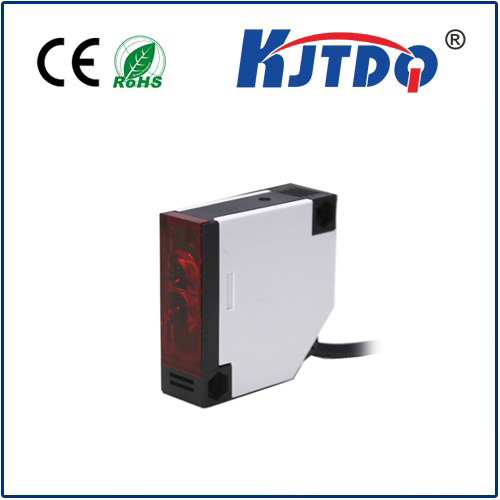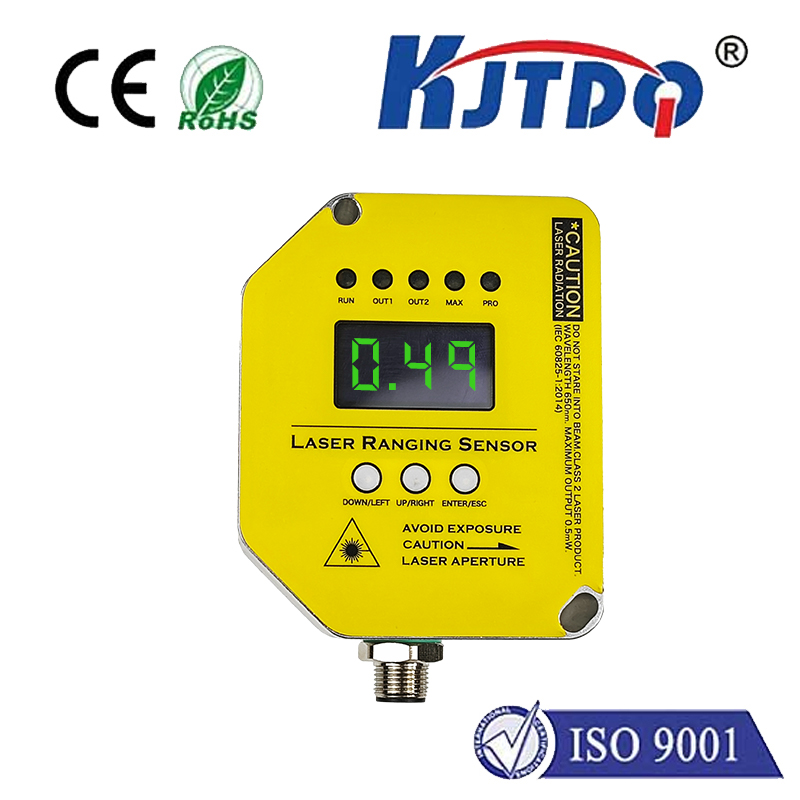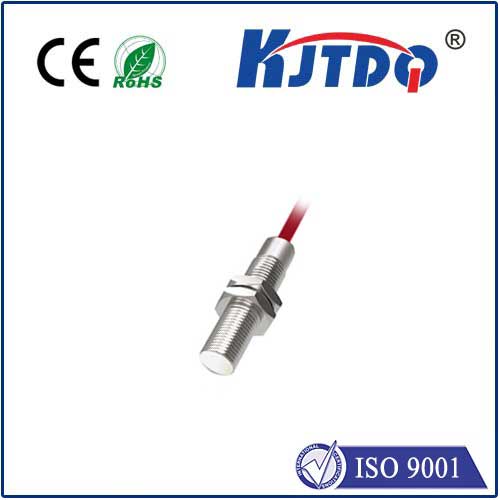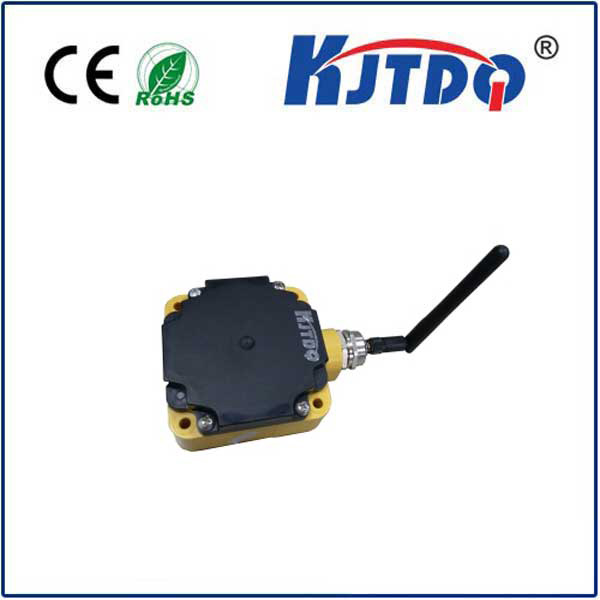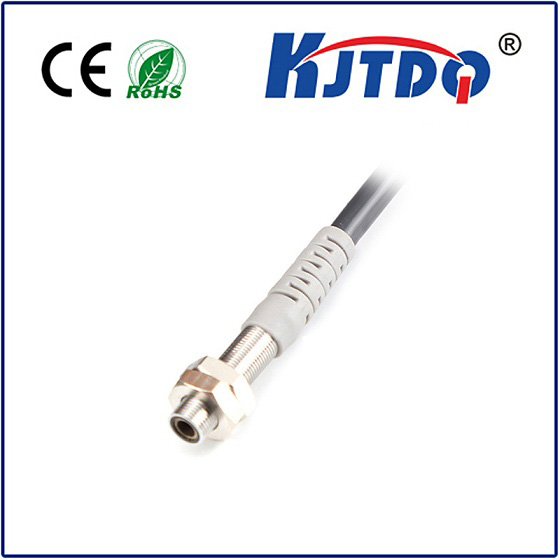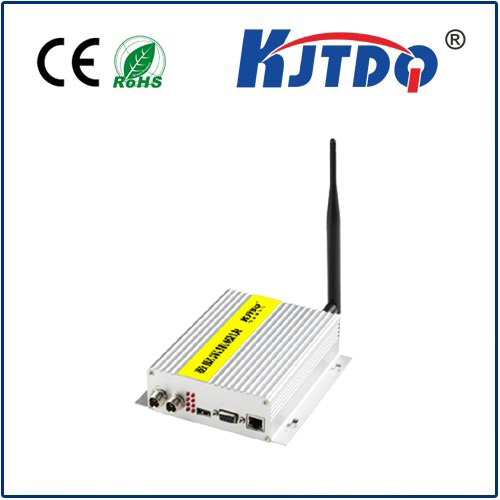proximity display
- time:2025-06-23 14:58:08
- Click:0
Unlocking Proximity Display Technology: The Future of Smart Interactions
Imagine walking toward a museum exhibit. Suddenly, the screen beside it flickers to life, showcasing vivid details about the artifact you’re approaching – no buttons pressed, no voice commands. Or picture your smartphone screen instantly lighting up the moment your eyes shift towards it, ready for your command. This seamless, almost anticipatory magic is the power of proximity display technology.
Far beyond a simple convenience, proximity displays represent a paradigm shift in how humans interact with digital interfaces. At its core, a proximity display senses the presence, distance, or movement of a user (or object) nearby and reacts accordingly. This reaction typically involves changing the display state – like waking from sleep, dimming, showing specific information, or even altering the displayed content dynamically. The goal is intuitive, context-aware interaction, minimizing user effort while maximizing relevance and efficiency.
How Does Proximity Sensing Work?
The “intelligence” behind these displays comes from integrated sensors. The most common types include:
- Infrared (IR) Sensors: Emit an infrared beam and detect reflections from nearby objects. Excellent for simple presence detection at short ranges.
- Ultrasonic Sensors: Emit high-frequency sound waves and measure the time for the echo to return, calculating distance accurately.
- Capacitive Sensors: Detect changes in an electromagnetic field caused by conductive objects (like the human body) approaching.
- Time-of-Flight (ToF) Cameras: Project infrared light and precisely measure the time it takes for the light to bounce back, creating detailed depth maps for more complex interactions.
- Camera-based AI: Utilizing the device’s existing camera with computer vision algorithms to detect people, gestures, or gaze direction.
Sensor data feeds into dedicated processors or software algorithms, triggering predefined display actions with minimal latency. This fusion of sensing and display creates a responsive, seemingly intelligent surface.

Revolutionizing User Experience Across Sectors
The applications of proximity displays are vast and growing:
- Enhancing Public Information & Wayfinding: As in the museum example, displays in airports, malls, or city centers can activate only when someone approaches, conserving energy while providing timely, relevant information. Interactive kiosks become more engaging and hygienic with touchless activation.
- Transforming Retail: Store windows can detect passerby interest. Imagine a display changing dynamically to showcase products similar to what a lingering shopper is looking at, or offering personalized promotions. Inside stores, product information screens activate upon approach, enriching the shopping journey. This enables contextual advertising at its most relevant moment.
- Smart Homes & Offices: Monitors and smart home controllers can dim or enter low-power mode when no one is nearby, significantly reducing energy consumption. They wake instantly upon your return. Video doorbells activating their display when motion is sensed is another common example, enhancing security visibility.
- Automotive Innovation: In-vehicle displays can dim non-essential information when the driver’s focus is needed elsewhere, only highlighting critical data like navigation turns as they approach. Reducing driver distraction is a key safety benefit.
- Consumer Electronics: Smartphones, tablets, and laptops utilize proximity sensors primarily to turn off the screen during phone calls (preventing accidental cheek presses) and to enable features like “Raise to Wake” or “Glance Screen” functionality. This extends battery life by preventing unnecessary screen illumination.
Key Advantages: More Than Just Convenience
The adoption of proximity display tech drives significant benefits:
- Superior Energy Efficiency: By activating only when needed and dimming/sleeping otherwise, proximity displays drastically cut power consumption. This is critical for battery-powered devices and large-scale public deployments aiming for sustainability.
- Enhanced User Experience (UX): Interactions become frictionless, intuitive, and proactive. Users feel the device anticipates their needs, leading to higher satisfaction. The reduction in physical touch also improves hygiene in shared environments.
- Increased Engagement & Effectiveness: In advertising and information dissemination, proximity-triggered content captures attention at the precise moment of interest, leading to higher message recall and conversion rates. Context is key.
- Reduced Distraction: By intelligently managing when and how much information is displayed (especially in contexts like driving), these systems help users maintain focus on primary tasks.
Challenges and Considerations
Despite its promise, implementing proximity displays isn’t without hurdles:
- Sensor Accuracy & Range: Sensors must be appropriately calibrated to avoid false triggers (activating when no one is truly interacting) or missed detections. Environmental factors like strong light (for IR) or noise (for ultrasound) can interfere.
- Cost: Integrating reliable sensors and the necessary processing adds to the Bill of Materials (BOM) for device manufacturers.
- Privacy Concerns: Camera-based systems, especially those potentially analyzing gaze or behavior, raise valid privacy questions. Transparency about data collection and use is essential. IR and ultrasonic sensors typically pose lower privacy risks.
- Software Complexity: Developing robust algorithms to interpret sensor data accurately and trigger the right display actions reliably requires sophisticated software engineering.
The Road Ahead: Intelligence Amplified
Proximity display technology is rapidly evolving. We’re moving towards more sophisticated interactions like gesture control (swiping in the air near the screen) and gaze tracking for truly hands-free operation, enabled by advancements in sensor fusion and machine learning. Integration with ambient computing environments, where displays seamlessly blend into our surroundings and appear only when contextually useful, is the next frontier. This technology is fundamentally shifting the paradigm from user-initiated interaction to system-contextualized interaction.
Proximity displays are quietly becoming ubiquitous, embedded in phones, cars, storefronts, and public infrastructure. They represent a crucial step towards interfaces that are not just tools, but anticipatory partners – sensing our presence, understanding our context, and presenting information precisely when and where it matters most. The screen of the future doesn’t wait to be told; it knows you’re there and is ready. This fusion of physical presence and digital response defines the next era of human-computer interaction, making technology feel less like a machine and more like an intuitive extension of our environment.






